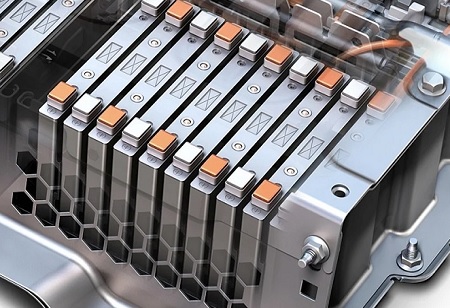
The London Metal Exchange (LME)-published weekly pricing of lithium hydroxide monohydrate are what India is proposing to use as the benchmark for domestic lithium prices. There is currently no standardised metric to evaluate the worth of lithium or the rare earth elements (REEs) found in the nation. After conducting exploration and providing geological studies for blocks containing REEs and lithium in the nation, the Geological Survey of India (GSI) took action to fix prices.
Since the revenue from mining to states is based on the average sale price (ASP) of a metal, bidding for these blocks cannot take place in the absence of a uniform criteria. According to a senior government official, an amendment to the Minerals (Other Than Atomic and Hydro Carbons Energy Minerals) Concession Rules, 2016 has been developed that offers guidance on how to determine the cost of lithium and rare earth elements extracted in the nation.
The Indian Bureau of Mines will be requested to publish the ASP of rare earth oxide for REEs using the United States Geological Survey's (USGS) published prices as a base. With the drive towards decarbonization and the deployment of electric vehicles, lithium demand has increased significantly on a global scale. The screens of flat panel televisions, computers, smartphones, and other electronic gadgets all make considerable use of REEs.
The current Mineral Concession Rules outline the technique for determining the ASP for numerous sought-after elements. Indian prices are set using the LME's settlement prices for tin, zinc, lead, copper, lead, nickel, and aluminium. The London Bullion Market Association auction price is used for gold and silver.
Lithium inferred resources totaling 5.9 million tonnes were discovered by the GSI in February of this year in the Salal-Haimana area of Jammu & Kashmir's Reasi district. The official said, "Geological reports for some additional blocks of REEs have also been prepared and will be delivered to the state governments in due course."
India has 13.07 million tonnes of in-situ monazite, which contains between 55 and 60 percent of all the rare earth elements oxide. This resource is found in placer sands along the coast in parts of Kerala, Tamil Nadu, Odisha, and Gujarat, as well as in inland placers in parts of Jharkhand, West Bengal, and Tamil Nadu. State governments will be able to set the ASP and value of estimated resources (VER) mineral prices once the pricing methodology has been approved.
We use cookies to ensure you get the best experience on our website. Read more...